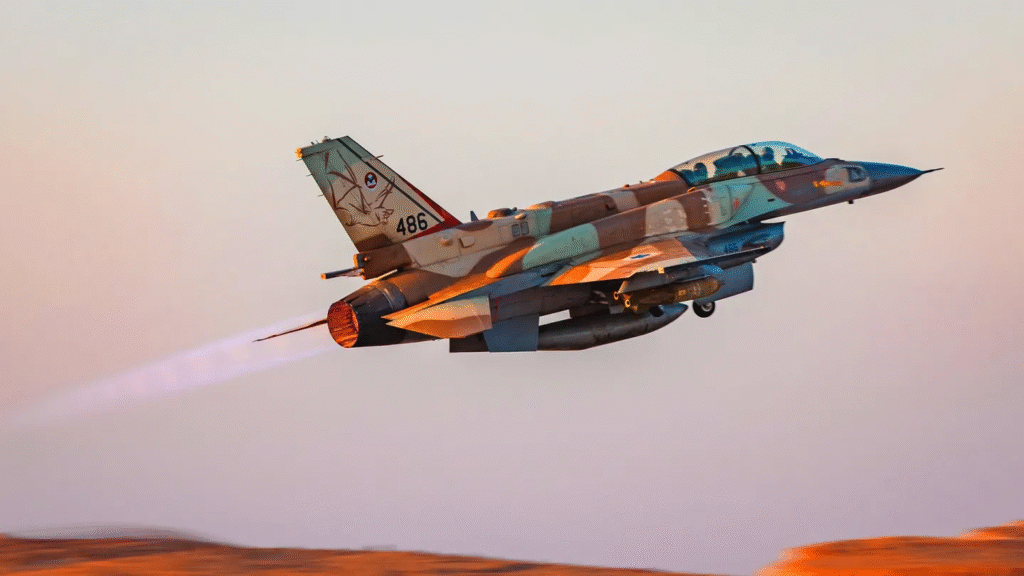Israeli Air Defense Struggles with Iranian Missile Barrage
Israel’s air defense systems faced challenges as Iranian missiles struck Tel Aviv and other cities. On June 17, 2025, several missiles evaded interception, causing damage and casualties.

The multilayered defense, including Iron Dome, Arrow, and David’s Sling, has an 80-90% success rate but isn’t foolproof. A modern Iranian missile, undetected by Israeli systems, hit a target in Tel Aviv, raising concerns about defense reliability.
The Israel Defense Forces (IDF) reported intercepting most missiles but acknowledged some breakthroughs. Experts question if systems like Iron Dome are being overwhelmed by Iran’s advanced tactics.
Missile Strikes Cause Chaos in Tel Aviv
Iranian ballistic missiles hit Tel Aviv, Haifa, and other areas, killing at least 24 civilians since June 13, 2025. A missile struck near the Kirya military base in Tel Aviv, damaging residential buildings and a bus terminal in Herzliya.
On June 16, explosions rocked Tel Aviv, with eight deaths reported in Haifa and Bnei Brak. A U.S. Embassy branch in Tel Aviv sustained minor damage from a nearby strike. Residents sheltered in underground stations and parking lots as sirens blared.
Iran’s Retaliatory Attacks Escalate
Iran launched over 370 ballistic missiles at Israel since June 13, targeting military and civilian sites. The attacks followed Israel’s airstrikes on Iran’s nuclear and missile facilities, killing senior commanders.
Iran’s Revolutionary Guards claimed their new missile tactics confused Israel’s defenses, allowing hits on key targets. On June 17, Iran fired 20 missiles, a drop from earlier barrages, suggesting a depleted stockpile. Tehran vowed to intensify attacks using drones and advanced weapons.
Israel’s Defense Systems Under Pressure
Israel’s air defenses, bolstered by U.S.-supplied Patriot and THAAD systems, are costly to operate. Each Arrow missile, used against Iran’s long-range missiles, costs $3 million.
The IDF destroyed over 200 Iranian missile launchers, reducing Iran’s attack capacity. However, Iran’s smaller salvos still penetrated, hitting civilian areas and military sites. Analysts warn Israel’s interceptor reserves may last only 10-12 days without U.S. resupply.
Iran’s Claim of Self-Defense
Iran’s Foreign Minister Abbas Araghchi called the missile strikes “legitimate self-defense” under international law. He argued Israel’s attacks on Iran’s nuclear sites and civilian areas justified retaliation.
International law permits self-defense under Article 51 of the UN Charter, but proportionality and necessity are debated. Iran’s targeting of civilian areas, like Tel Aviv’s Shuk HaCarmel market, raises legal questions. Experts note Iran’s refusal to negotiate while under attack complicates de-escalation.
International Response and Escalation Fears
The U.S. denied direct involvement in Israel’s strikes but deployed more forces to the region. President Trump demanded Iran’s “unconditional surrender” and threatened U.S. military action if Iran targets American interests. China urged both sides to protect civilians, while its embassy advised citizens to leave Israel.
The G7 called for de-escalation, but Trump left the summit early to address the crisis. Ongoing strikes raise fears of a prolonged conflict, with both sides showing no restraint.
Note: This article reflects recent developments based on available reports. The situation remains fluid, with both Israel and Iran continuing military actions.

